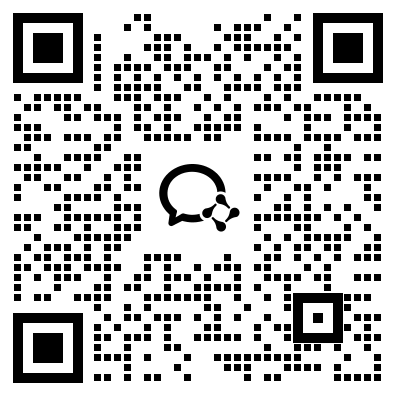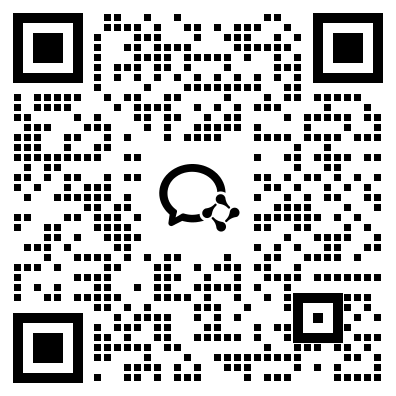RIUMA|学术资源管理数据集|开放访问数据集
收藏re3data.org2024-05-31 收录
下载链接:
https://www.re3data.org/repository/r3d100014208
下载链接
链接失效反馈资源简介:
RIUMA is the Institutional Repository of the University of Malaga whose objective is to facilitate and improve the visibility of the scientific and academic production of the University of Malaga, allowing open access to its contents and guaranteeing the preservation and conservation of this production. The collection includes articles, research data, scientific papers, teaching material, digitized old collection and other documents in different digital formats.
RIUMA为马拉加大学(University of Malaga)的机构知识库,旨在促进并提升马拉加大学在科学和学术领域的产出可见性,提供其内容的开放获取,并确保该产出得以妥善保存与维护。该库收录了包括论文、研究数据、学术论文、教学资料、数字化古籍及其他不同数字格式的文档。
提供机构:
Repositorio Institucional de la Universidad de Málaga



